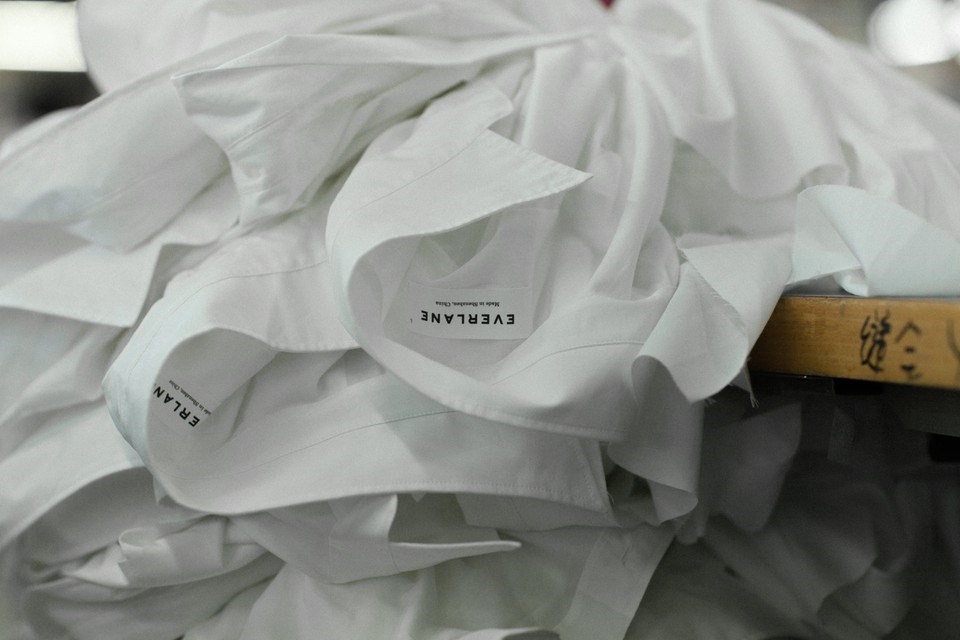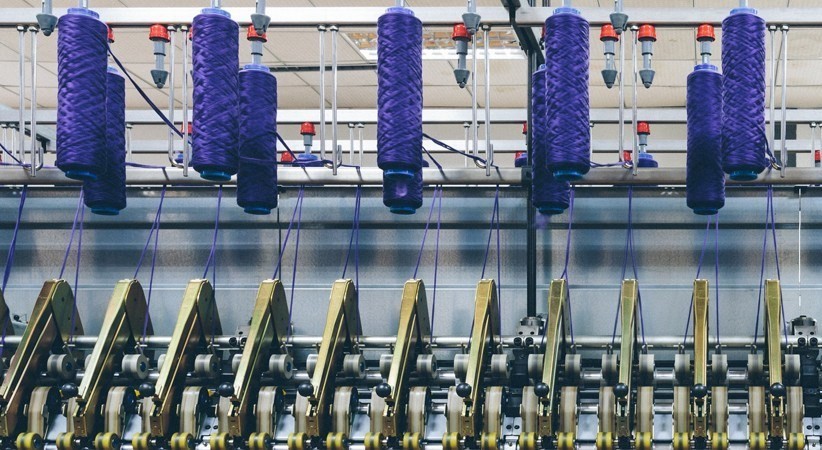High fashion is undergoing a rather significant change: it is becoming transparent. While the garments and accessories themselves do not look much different (this isn't a trend towards sheer fabrications), and ad campaigns are yet to shed light on these new developments (still focusing on brand icons and glossy finishes), a shift is emerging in the business practices and textiles of choice employed within the luxury market. In addition to providing us with quality garments and “it” bags, fashion’s largest conglomerates and small start-ups alike are striving to make their mark this season by putting a positive spin on some of the ugliness that infamously infiltrates the industry.
(Above image: The Postman Dreams, Directed by Autumn de Wilde)

Transparency is Trending
At the end of 2015, Prada SpA announced that it was making its Corporate Social Responsibility (“CSR”) program – its series of initiatives to assess and take responsibility for its effects on environmental and social wellbeing – accessible to the public. The Italian design house launched its standalone CSR website, a visually appealing platform that serves as a window into its efforts, emphasising its “commitment to civil society’s fundamental values: respect for the environment and observance of ethical principles.”
Kering – the parent company to brands including Gucci, YSL, and Balenciaga – has been a pioneer of this new movement, having placed ethics at the core of its business for years. As Marie-Claire Daveu, Chief Sustainability Officer for Kering, wrote in 2014, “Sustainability is embedded in the very concept of luxury. And if one of the key roles of our industry is to beautify the world, we have no greater responsibility than to do so ethically and sustainably.” The French luxury conglomerate’s chief rival, LVMH, has also committed to “advancing both the social and environmental aspects of sustainable development, which plays an intrinsic role in the development of our brands.” These are the powerhouses of luxury fashion, and they are each proclaiming a commitment to ethics that could truly change the industry.
Then, consider Chanel, which made headlines in December for allegedly copying the designs of an independent Scottish designer. The Karl Lagerfeld-helmed house came clean – a transparent move – issuing an apology and vowing to “credit [the designer] by including her name in its communications about the collection.” Taken together, these recent instances provide a small glimpse into brands’ increasing incorporation of corporate conscience and responsibility into their business models. They may suggest that luxury and transparency are somehow commonplace or that they have long gone hand-in-hand, but that is not entirely accurate. In fact, this specific emphasis on transparency is a relatively new phenomenon.

Nike Did it First
The transparency efforts of sportswear giants largely pre-date those of their fashion counterparts. Nike’s sweatshop controversy of the late 1990s nearly ruined its reputation. Far from causing merely superficial damage, the bad press had a tangible affect on Nike’s sales, and ultimately, led the company to devote a significant amount of its focus (and resources) to its organisational culture and its supply chain management efforts. Nike recognized that a considerable portion of its brand value is derived from intangible assets, and as a result, taking proactive measures to prevent future reputational harm became a smart investment.
The same holds true for fashion brands, particularly in the upper echelons of the industry. Where prices are high, image reigns supreme – and brand value extends far beyond what goes down the runway. Yet, given the need to balance the polished, exclusive image of many high fashion houses, and the far less conventionally glamorous notion of ethics and “green” fashion, the fashion industry has been somewhat slow to openly tout business models based on transparency. However, the market is changing, and consumers are beginning to expect more than exclusivity from luxury design brands. They want to know where their clothes came from and how the environment was affected in the process. With tech-savvy, millennial consumers increasingly taking hold of the market, companies are being held to a higher standard, and they are cognisant of this.
In addition to studying the mistakes of brands like Nike, high fashion houses are likely being influenced by the many smaller brands, such as Everlane, Reformation and Zady, which are recruiting myriad supporters and yielding impressive devotees for new businesses. These startup brands boast business models founded on alternatives to the ugly truths that accompany our recently-accelerated consumption patterns – and this has given them a very noticable competitive edge. See: Everlane's studies into the factories that produce their garments, a through-the-keyhole on production lines from LA to Dongguan.

Good Press or Good Intentions?
All of those participating in this new movement – from the small start-ups to the Pradas and Chanels of the market – have summarily identified something that is of paramount importance: social responsibility creates buzz. Which leads to the question: Is this movement merely borne from a savvy understanding of consumer trends – like the adoption of retro rocker looks as spurred by Saint Laurent or sleepy sexiness pioneered by Alessandro Michele at Gucci – or is there real staying power at play?
It is certainly a bit of both. It would be naïve to argue that such efforts are not grounded, at least, in part in a larger trend towards sustainability, and thus a mechanism to derive sales. However, houses argue that transparency is not just an advertising tool. Kering’s CEP, François-Henri Pinault, said: “We don’t do sustainability to please the customer and sell more bags. We do this because we have no other option.” His Prada counterpart noted: “If you want to use these items of social responsibility just like an opportunity in order to advertise your products or advertise your brand, in this case, it is completely wrong and useless, in my opinion.” So, stay tuned, more changes are on the horizon – especially as high fashion continues to embrace the still-unsettled relationship between luxury business and radical transparency.
